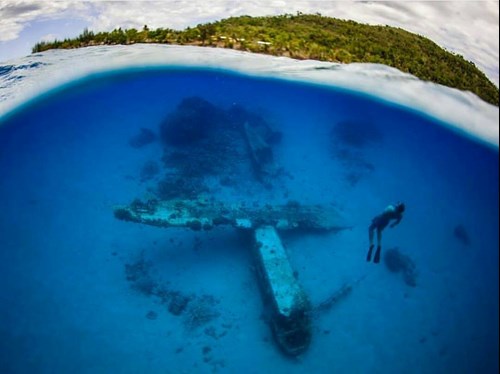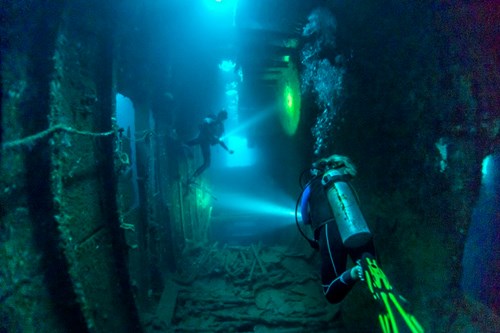Vanuatu’s Involvement in World War II
A Step Back In History: Vanuatu’s Involvement in WWII
During the Second World War, Vanuatu, then known as the New Hebrides, was overrun by American troops in an effort to stave off the advancing Japanese army and prevent them from gaining a foothold in the Pacific arena. At the time, this South Pacific island nation, consisting of a string of roughly 80 islands, was a jointly run British-French colony, administered under the Anglo-French Condominium of the New Hebrides.

A Peculiar State of Affairs
To say that this archipelago nation found itself with a particularly exceptional state of affairs at the time is a gross understatement. When France fell during the Second World War, the French side of the Condominium where technically at war with their other half, Great Britain. The two sides of the Condominium had notoriously been at add odds with each other up until the dissolution of the agreement in 1980 when Vanuatu claimed full independence.
It was during WWII that perhaps for the only time in the span of the Condominium that the French and British were not at loggerheads with each other. In 1940, Paris had fallen and the German conquest of France had reached a conclusion. This placed the French Ambassador of the New Hebrides in a tenuous position as there was no functional French government in place to offer a support structure. The French population of the New Hebrides swiftly declared their support for General De Gaul’s Free French Forces, the first of France’s Pacific colonies to do so.
Arrival of American Troops
In May 1942 the first American troops arrived on the island of Efate amidst the scurry of coconut crabs and swaying palms. In order to effectively coordinate defences against the encroaching imperial army of Japan, U.S personnel quickly began setting up infrastructure and facilities. Working with local labour, the Seabees, a construction battalion carved out the first road that ran around the island’s circumference. The island’s landscape was forever changed as it was thrust into the modern age with telephone lines going up, barracks and hospitals being built and swathes of land being cleared for airfields.
In the northern reaches of the archipelago, the island of Espiritu Santo was transformed with the arrival of just over a hundred thousand soldiers, where an even bigger garrison was established. The American arrival came unannounced which turned out to be an integral part of their defence strategy against the Japanese who had made advances on the Solomon Islands and Papua New Guinea, raising fears that New Hebrides would be next. Tens of thousands of tonnes of machinery arrived to bolster the infrastructure built by the Americans, with this number ballooning to an astonishing 9 million tonnes by the time the war drew to a close.
Rusty Relics and Remnants of War
When the war ended in 1945, the Americans withdrew their personnel from the island with as much haste as they did when they first arrived, leaving stockpiles of equipment behind. Planes, bulldozers and trucks were dumped under an initiative known as Operation Roll-Up and the islands of Vanuatu became a dumping spot, both on land and sea. Today you can still find corroded engine blocks, rusted machinery, broken axels and tarnished shards of metal and steel littering the coast of Espiritu Santo, a major dumping ground for the Americans. A dive below reveals bulldozers, trucks and aeroplanes as the reclaimed home of tropical fish and colourful coral that have transformed these forgotten wartime relics into artificial reefs, making it an excellent diving location.













